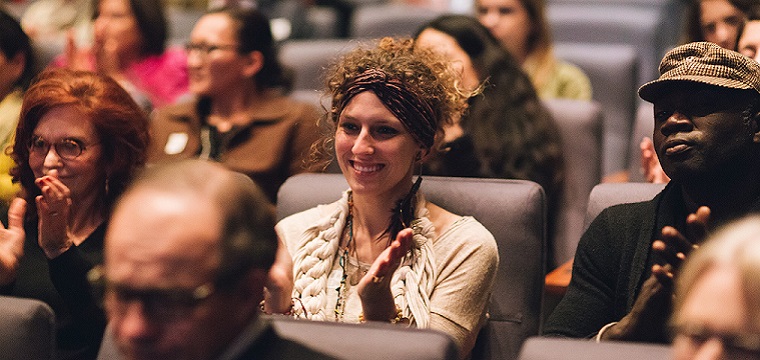
Click an event title below to purchase tickets
Friday - 1/30/26
6:00pm - Guest Lecture: All the Beauty in the World: The Metropolitan Museum of Art and Me

6:00pm - Guest Lecture: All the Beauty in the World: The Metropolitan Museum of Art and Me